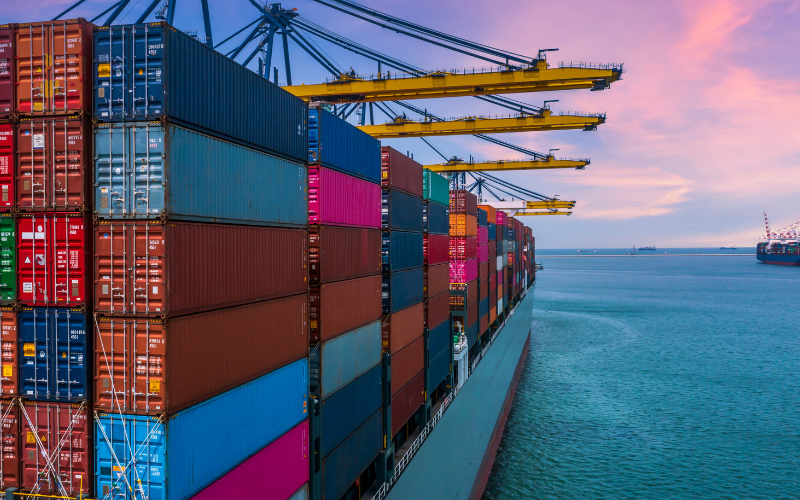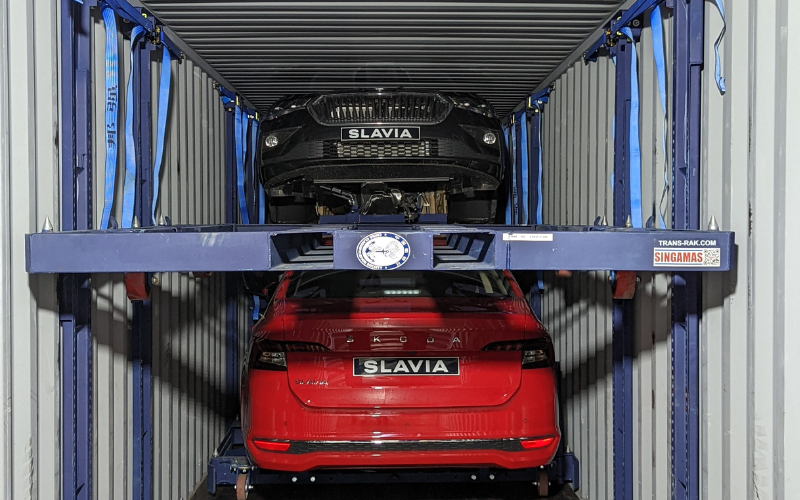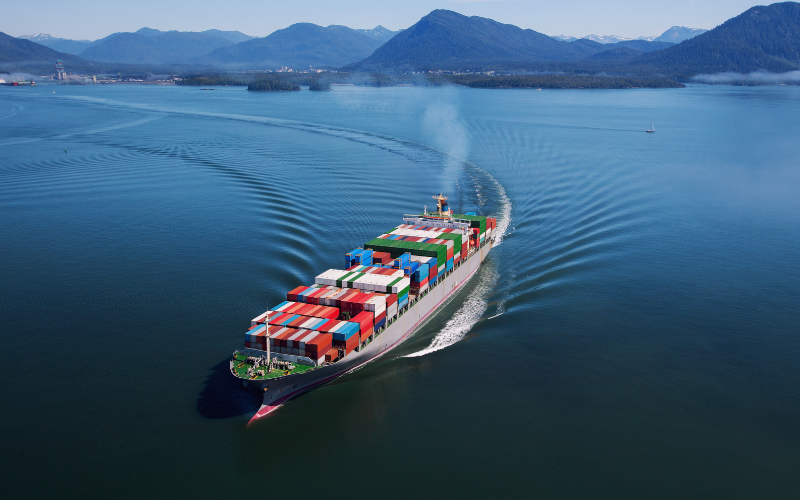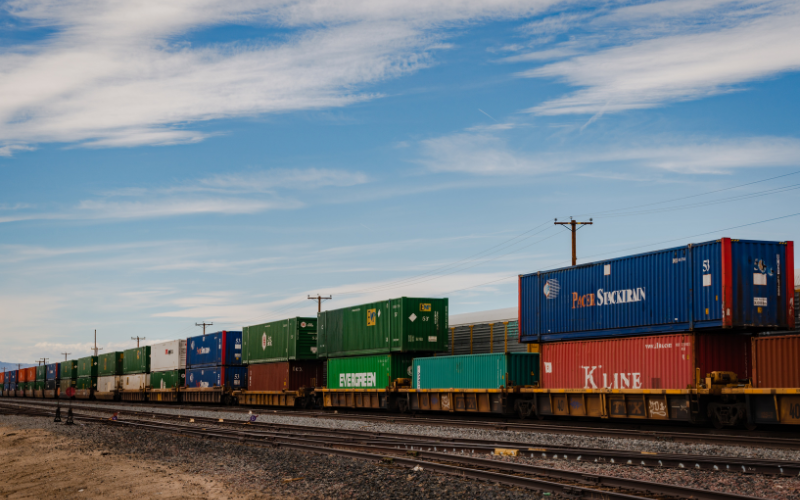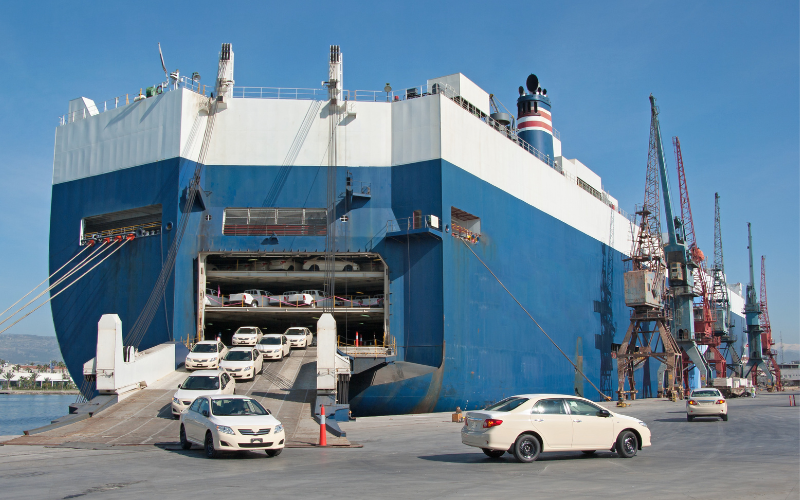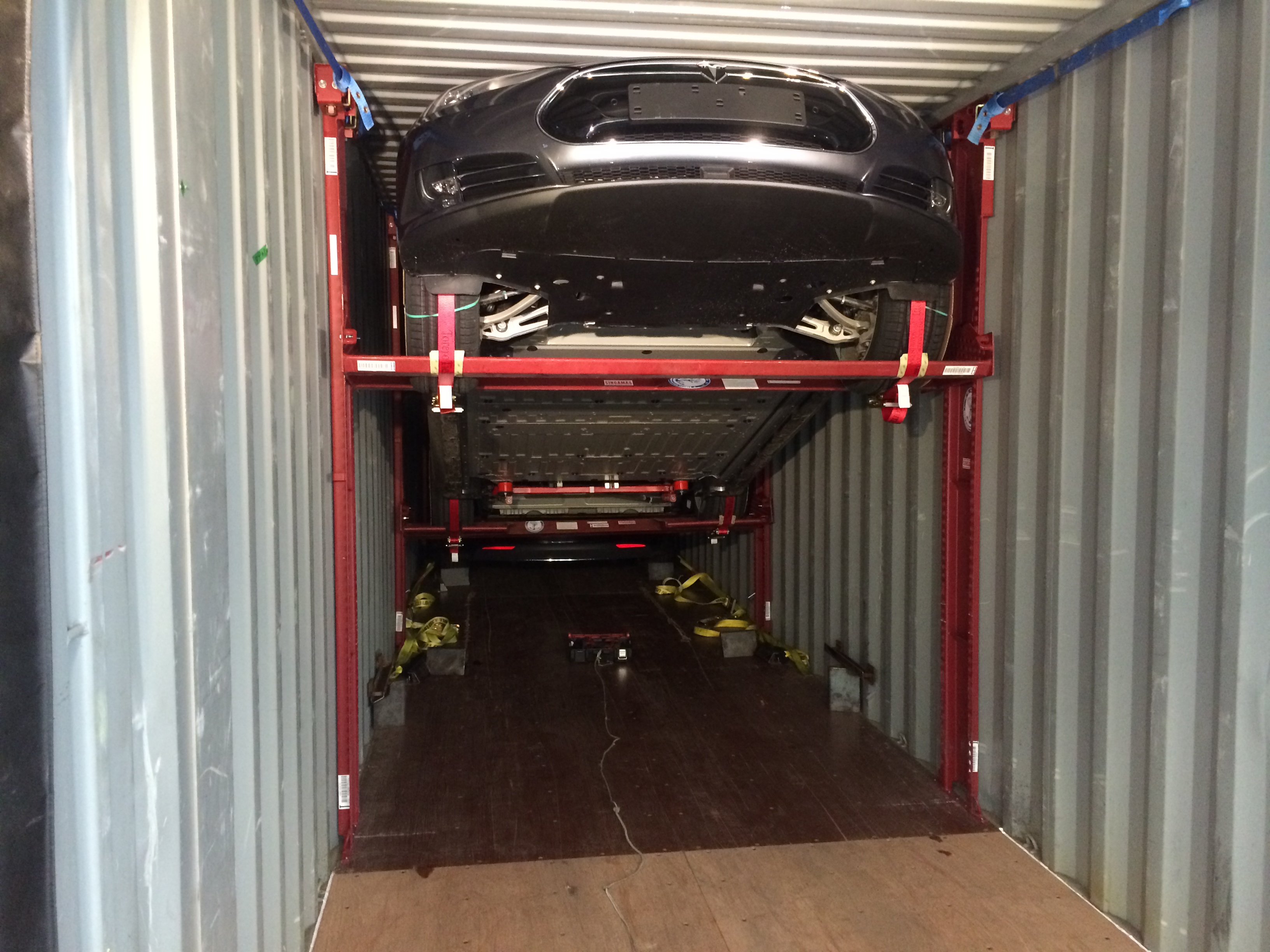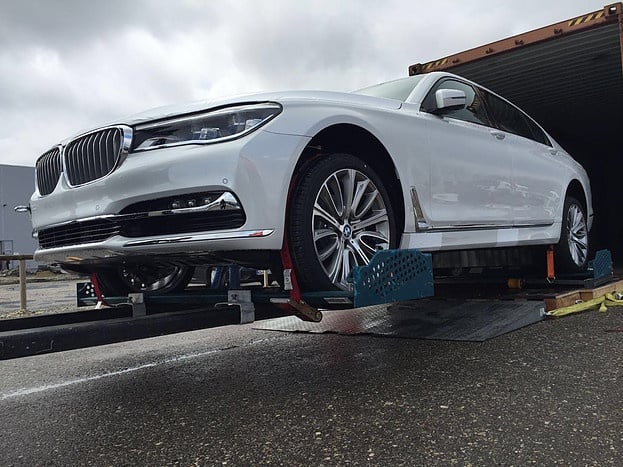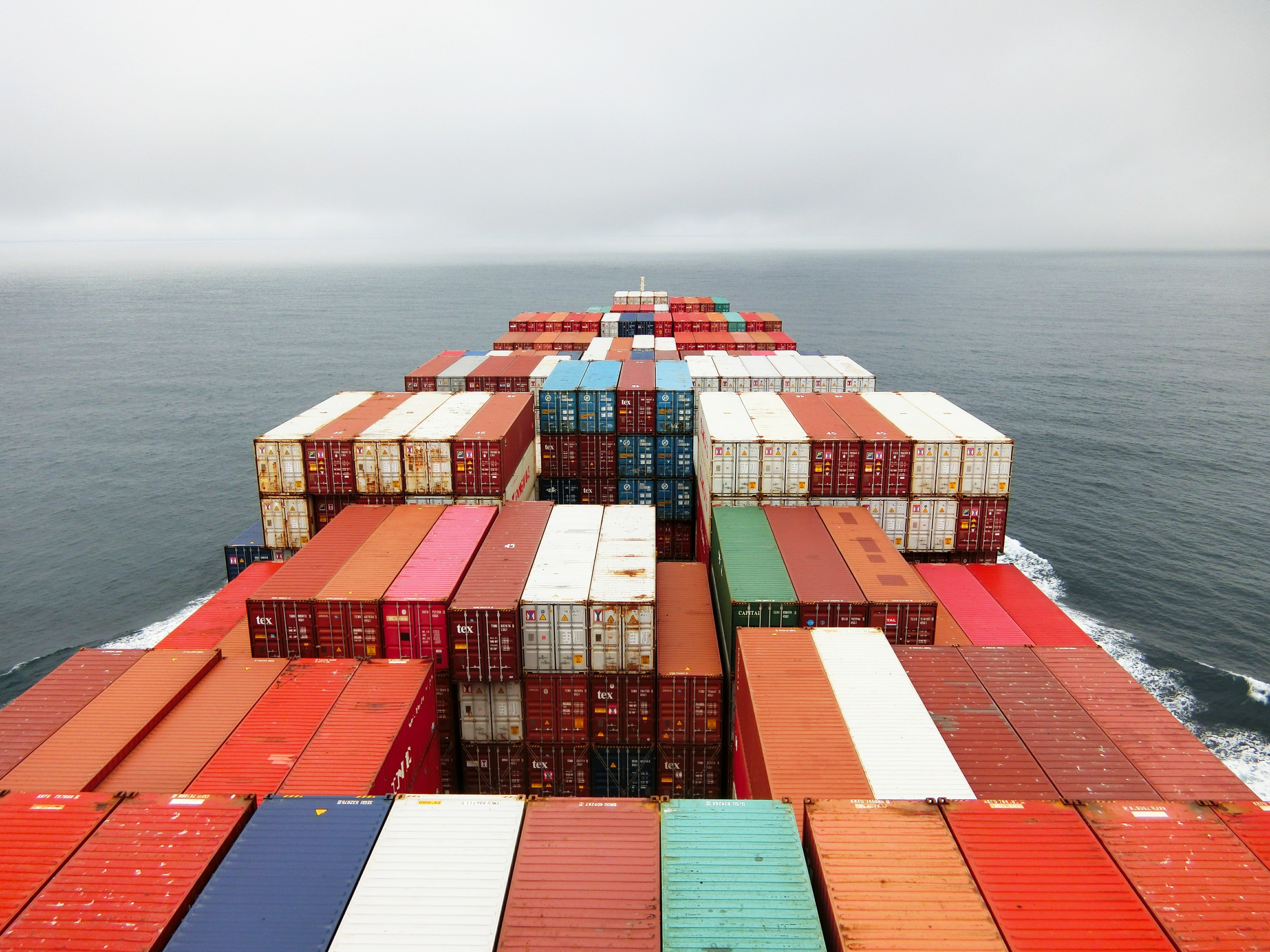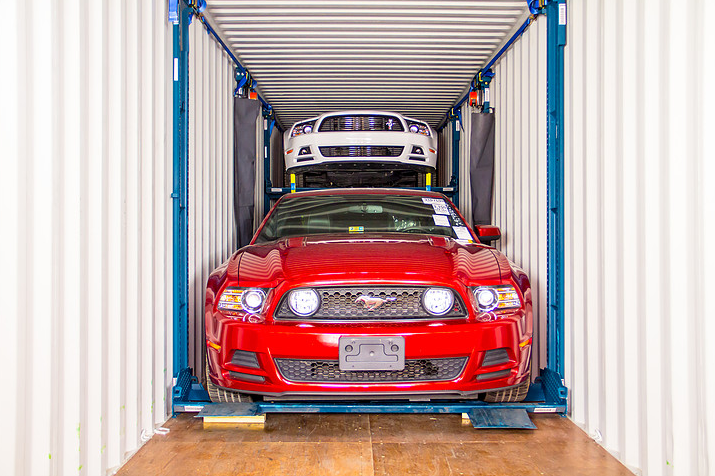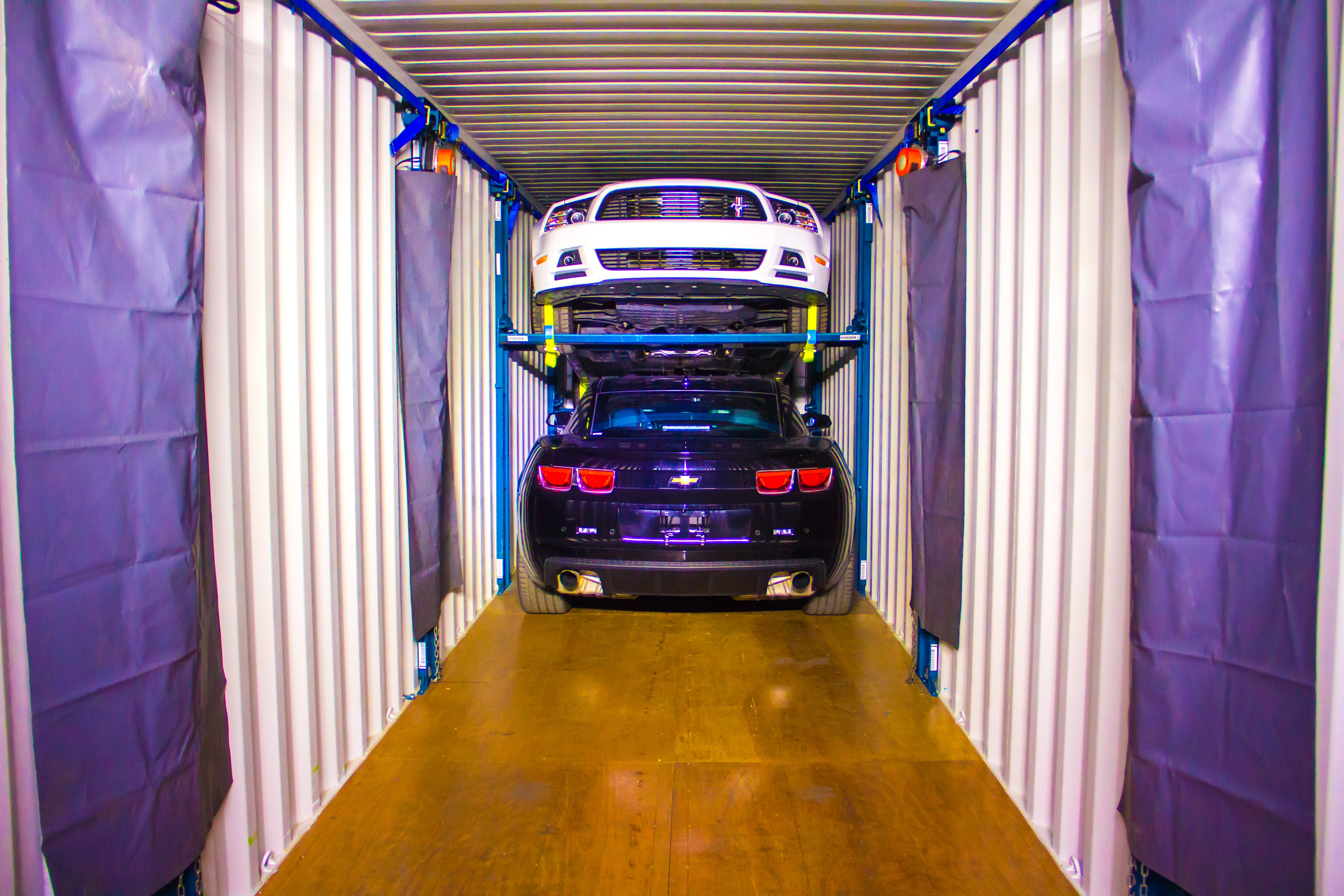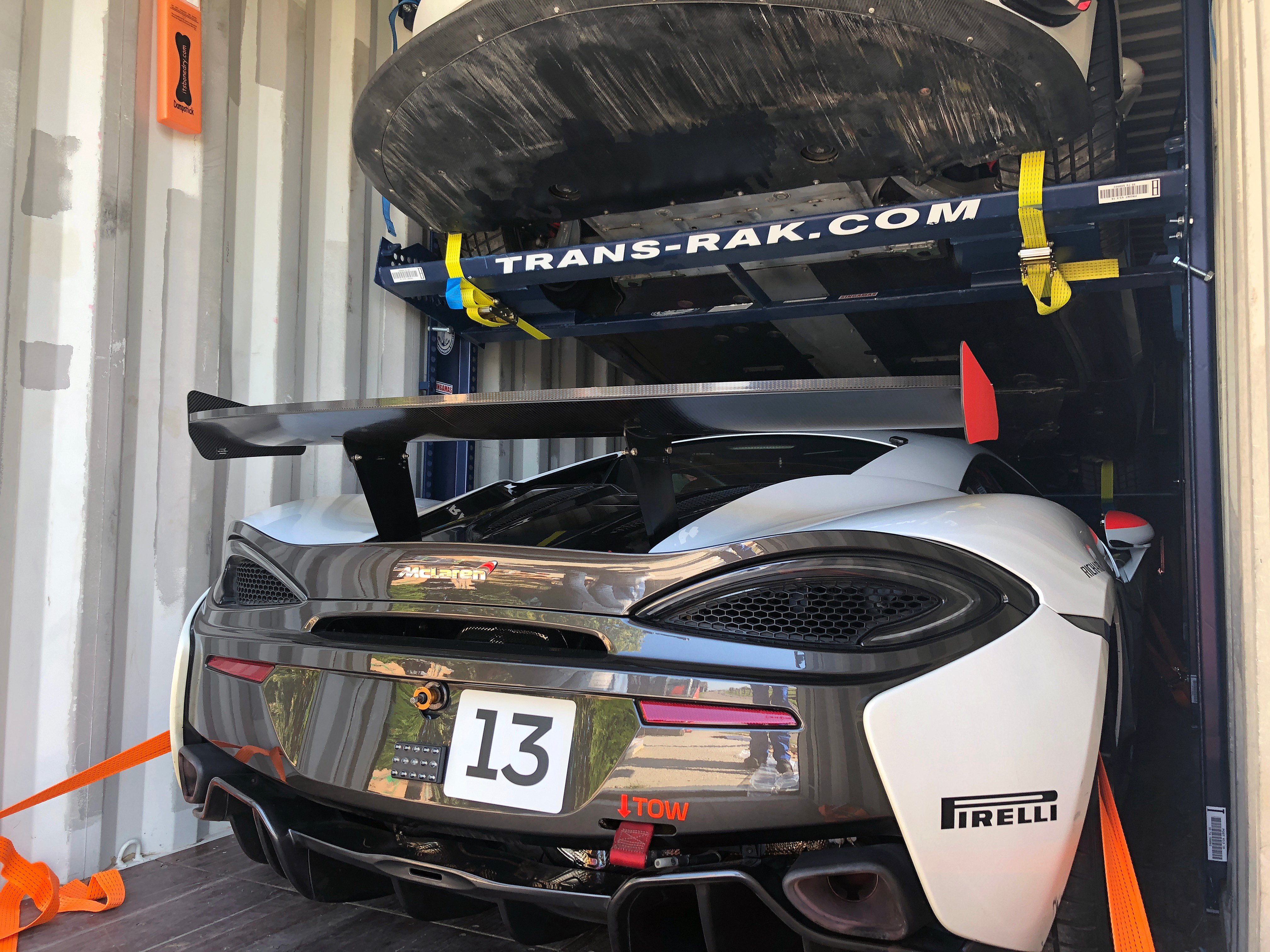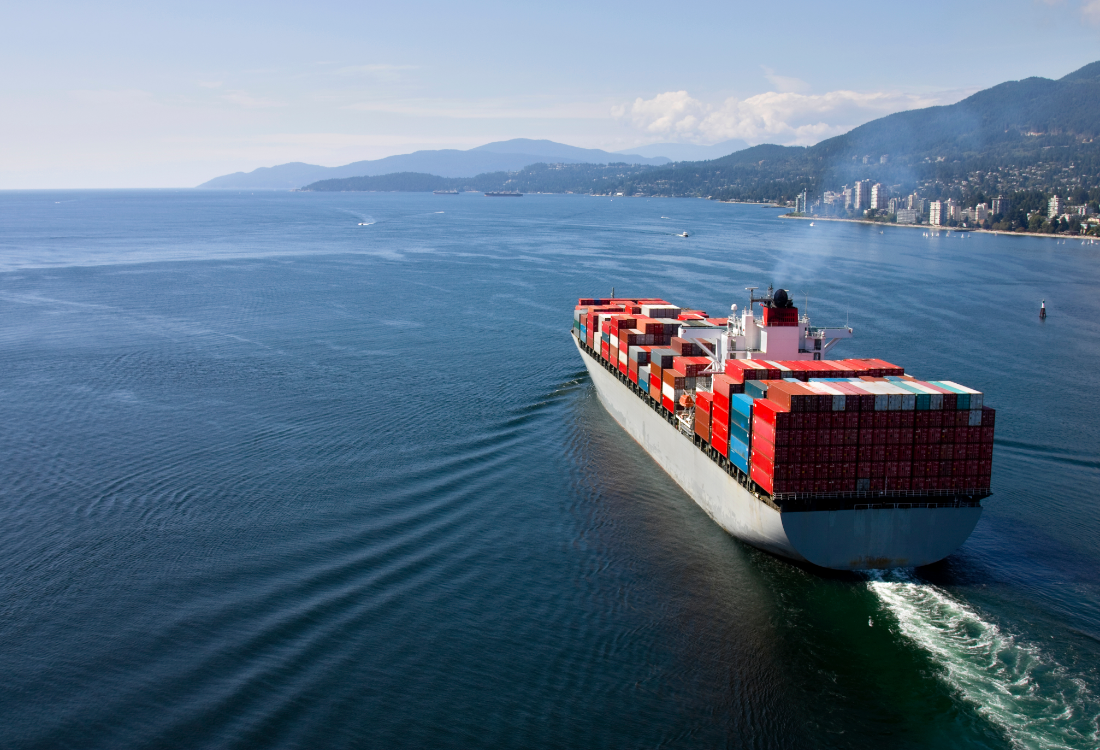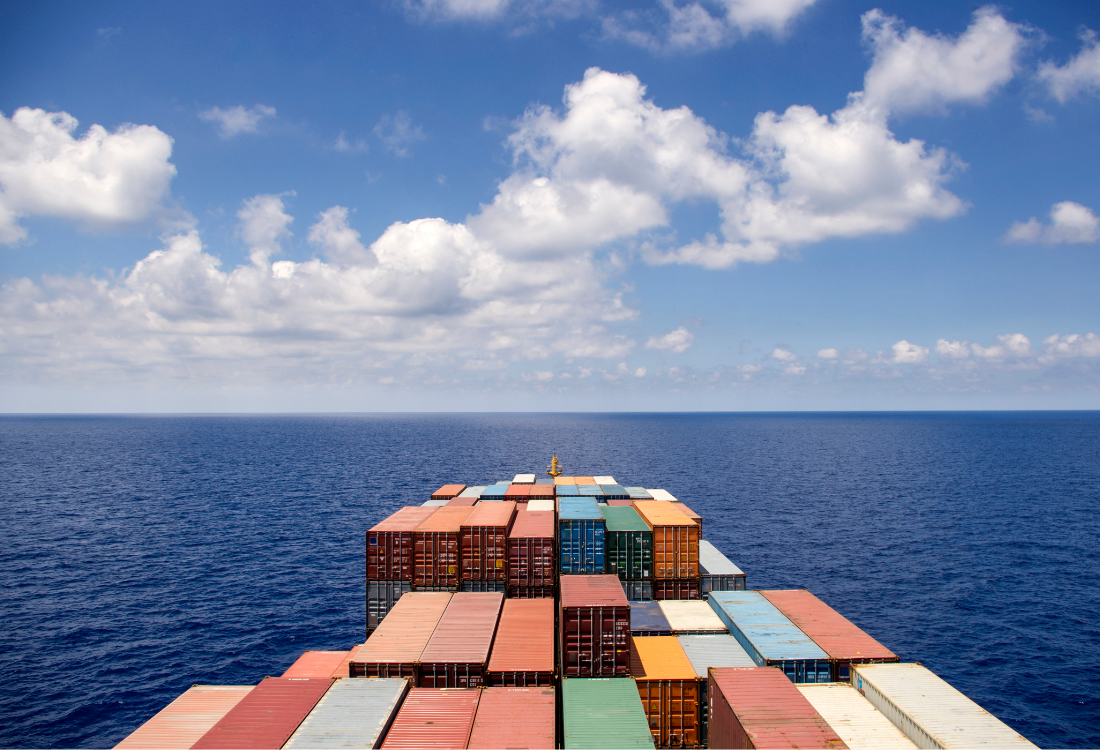Automotive logistics is the process of managing and moving parts, components, and complete vehicles through a supply chain, often worldwide. The process involves planning, organising, and controlling the flow of goods from raw materials to production to distribution, and can be complicated and costly due to the challenges associated with handling heavy objects in high-volume environments.
Read MoreNEWS BLOG
Automotive Logistics: How Containerised Car Racking Can Help Improve Risk Management & Cost Efficiency
Navigating The Electric Vehicle Logistics Challenge
In recent years, the global automotive industry has seen a dramatic shift toward electric vehicles. While this trend promises to reduce emissions and provide more sustainable transportation options, it poses a unique challenge for automotive logistics businesses.
Read MoreDiscover The Benefits Of The New P-RAK Palletised Cargo Racking System
Optimising efficiency and space in the shipping process is crucial for international automotive logistics companies to control costs. The new P-RAK palletised cargo racking system from Trans Rak offers a solution that allows a second or even a third floor to be added to a standard shipping container, effectively increasing the total floor area.
Read MoreA common argument against containerised vehicle transport is that it is more expensive than using roll-on/roll-off (RORO) cargo ships. This may be true in the case of some short haul journeys and low volume consignments. However, this argument does not consider the long-term cost-savings of containerised or load-on/load-off (LOLO) shipping for long haul and bulk vehicle shipping. Here are three reasons why:
Read MoreElectric Vehicles From China Can Now Be Transported By Rail
As of October 1st, China Railway is now allowing the transportation of electric vehicles (EVs) throughout the country. This is a significant change, as EVs were previously considered ‘dangerous goods’ in the PRC and could not be transported by rail.
Read MoreFire Aboard ‘The Midnight Sun’ - Revealing The Hazards Of RORO Shipping
In September 2022, a small fire broke out on the upper deck of the Midnight Sun, an Orca-class RORO ferry built in 2003, while moored in port in Tacoma, Washington (USA). While the crew put out the fire quickly and the vessel wasn't carrying any cargo at the time, the incident highlights an important safety hazard inherent to RORO vessels.
Read MoreHow To Ship UN 3171-Classified Battery Powered Vehicles – What You Need to Know
At Trans Rak, our racking systems are used by automotive logistics companies to transport all sizes of vehicles – but now the big question is asked about shipping battery-powered vehicles in containers, since 1st October 2022 with the approval to ship EVs in container out of China the demand for racks and containers has grown.
Read MoreWhat Are Your Top Car Transportation Options?
The available options for transporting vehicles really depend upon the journey. The key variables are cost and time, and the potentials are: ship, train, barge, and road transporter. More often than not, a combination of these is required. In this post, the spotlight is directed at the process of getting a fleet of vehicles from manufacturer to showroom, exploring the options that are available.
Read MoreBoth roll-on-roll-off (RoRo) ferries and container ships have their plus points, but which is the better option for your consignment? In this article, we take a quick look at the benefits and drawbacks of each.
Read MoreTransporting vehicles via shipping container is the safest and often fastest way in which to move your vehicles over long distances.
Read More
